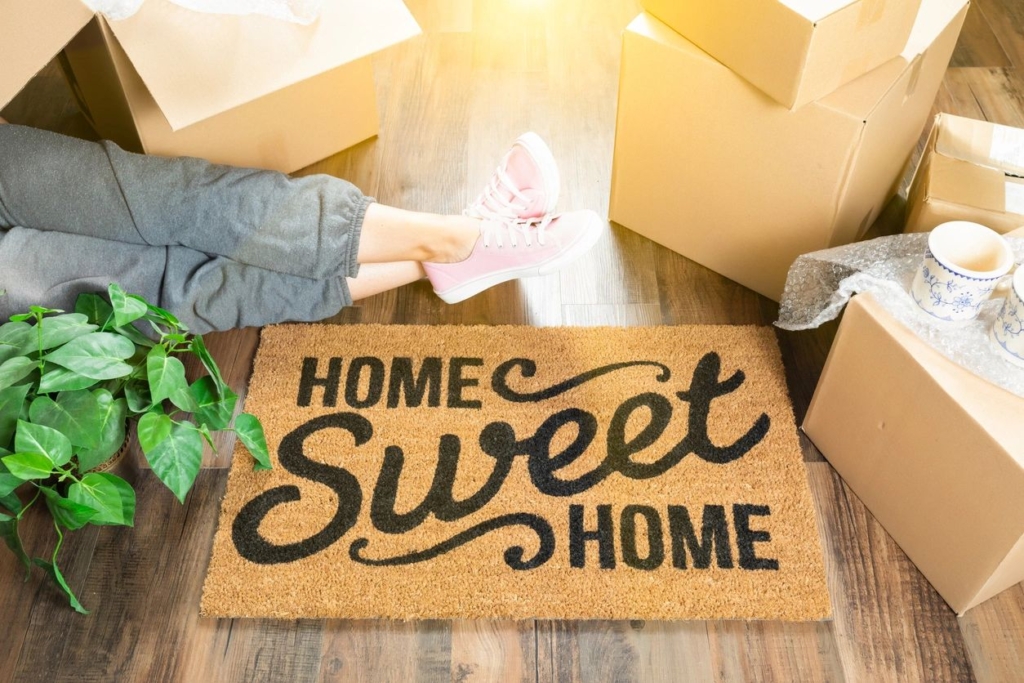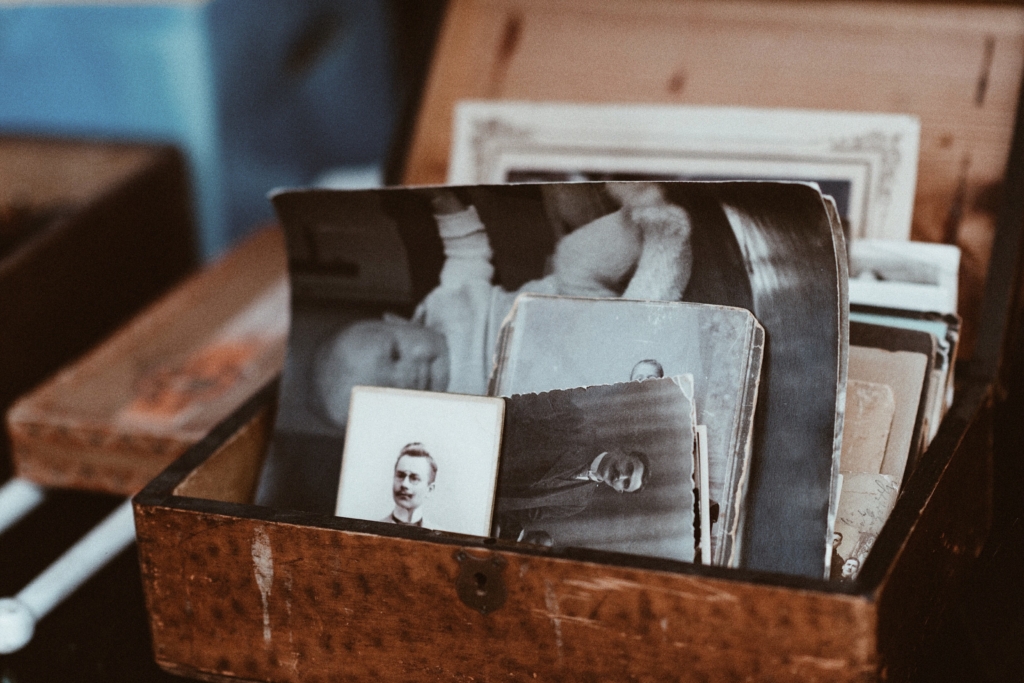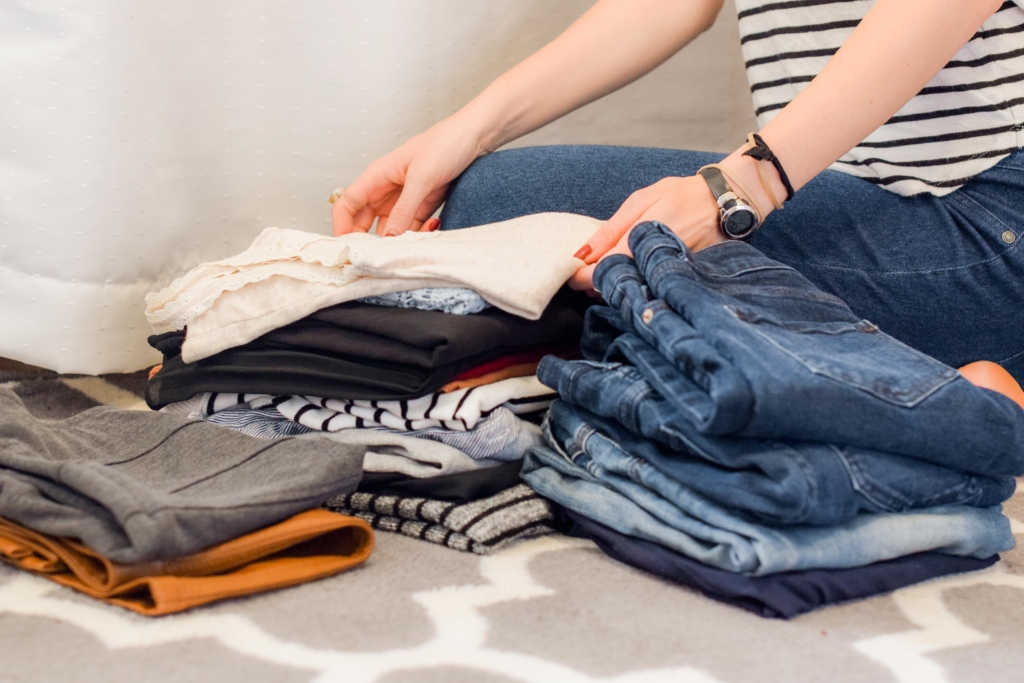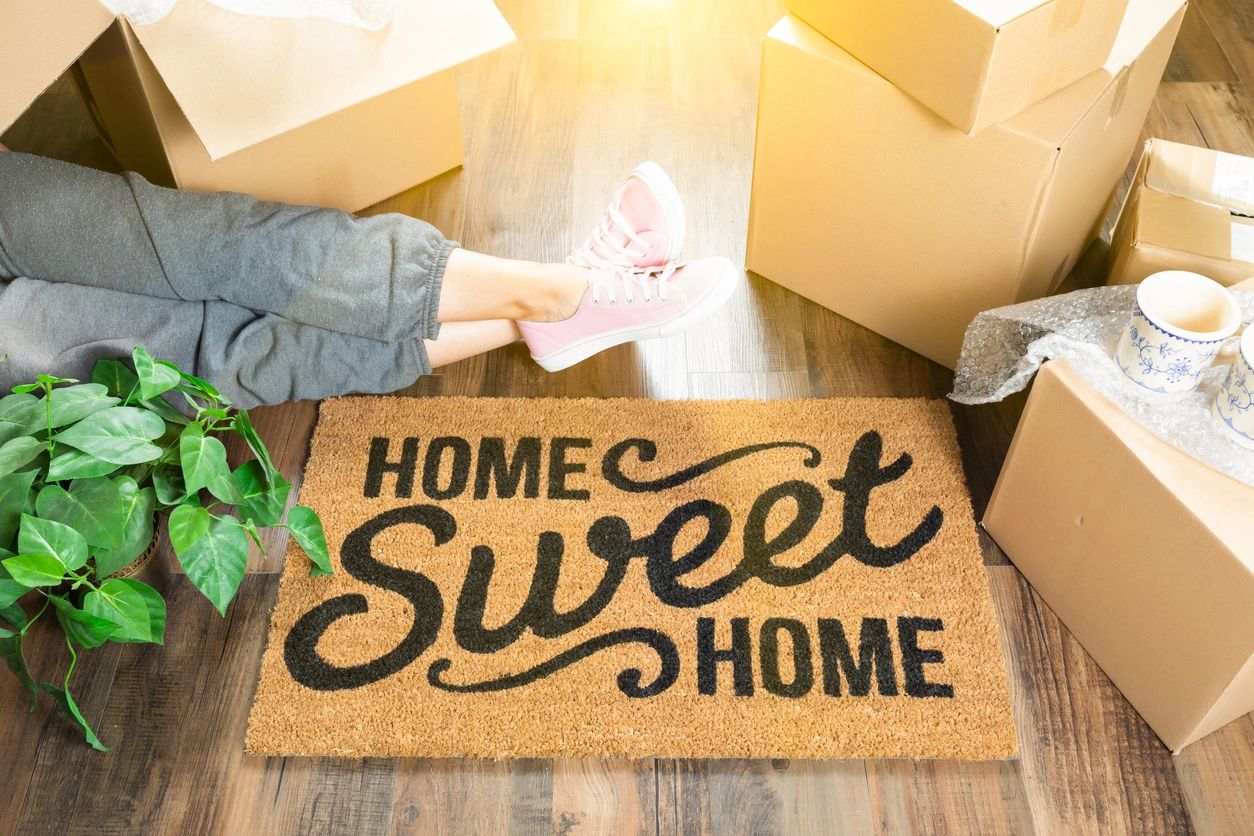
At Your Nurse Advocate we want to help you live your best life. One of life’s challenge’s we may face is downsizing our elderly parents or downsizing after losing a spouse. As the seasons of life change, maybe they are moving to an apartment or an Assisted Living Facility. If the entire family is at their wits end trying to decide how to downsize their elder parent’s home you may need some help. Homes can be a big stop for many elders. Especially if they still live there. What are some considerations for decluttering your home? First of all, do not rush into the process or make it stressful on yourself – set realistic goals and take care to honor what is important to you in each space within your home!
Maybe it’s time for them to embrace the Swedish decluttering method! They will find that life becomes simpler. The Swedish decluttering method can help them get organized and make this transition easier. This method can be used to tackle years of collection and can help you declutter your home so that it’s easier to sell or move into a smaller space.
The Swedish Decluttering Method is a home organization method that was made popular by Marie Kondo. The process starts with decluttering your items, and then organizing them in the right place to maintain an organized house. Once you have completed this process, it will be much easier to stay organized because there will only be a few things left out on shelves or tables. This blog post will walk you through the 7 steps.
The Swedish Decluttering Method is a decluttering method that helps aging adults or those who are no longer able to care for themselves to downsize their possessions. It can be used in the home, mind, and soul by following these steps:

1) Sort your belongings based on whether you use them often, have strong memories associated with them, need them immediately (i.e., medication), or want to keep it for sentimental value. The first step is collecting all of what needs to be sorted together: clothing for children or adults, toys, books etc. Next comes the sorting process where everything is set aside based on on certain categories.
2) Sell what you don’t need/want
3) Donate what you don’t need/want
4) Throw out what you don’t need/want
5) Create a box of your own personal belongings that contains things that are only important to you. Give your family permission to get rid of it later on.
Can some of your memorabilia be stored by taking photos and placing in a “memory” book? And what about donating or selling your items?
6) Make arrangements to begin giving away your items you are ready to let go. Do it with intention. Think of it as re-gifting. Who would you like to have certain items?
7) Complete the process every 6 months to stay on top of it.
Tosh Patterson, expert in decluttering and Life Coach, shares her experience in helping other decide what stays and what goes. As we age and accumulate so much over the years how do we know what needs to go?
Items that are not decluttered should be placed in the following categories: sentimental, charity, and trash. A Swedish Decluttering Method can help you to maintain a simpler life with less stress. And it’s easy!
It’s a great feeling when you realize that your things are not consuming you anymore!

Decluttering can help with a number of things: declutter your space, declutter your mind, and declutter your soul! It’s the perfect solution for downsizing elders homes in preparation for a move or just to prepare for the future and what might be ahead.
If you’re not sure where to start, here are some decluttering principles:
– Declutter one space at a time
– Start with the easy stuff. What can be thrown away? What will you need in the future? Do I use it or love it enough to keep it around?
The Swedish decluttering method is designed to declutter your space, mind and soul simultaneously. It’s an easy way to de-clutter in stages that will help you declutter more efficiently!
Think of the family room, for example: all clothes need to be set aside together in one spot then books are sorted and anything else that doesn’t fall into a category is tossed out with no guilt! Do your parents still have some of your things in their home, time to collect them and take them home!
Next comes time to declutter using what you’ve just sorted. Hopefully the piles are well organized!!

Start by decluttering your closet, moving all the clothes to a designated area in order of size and style. Then start with clothing that is most worn or fits loosely at the seams – place those items on hangers for donation or consignment shops and keep them in a pile.
After decluttering your closet, take time to declutter the bedroom and kitchen— moving all items that don’t belong in these spaces into designated piles – then organize what’s left of each space by category. Is it time for a rummage or yard sale?
As you declutter, keep in mind there are two parts to this method: physical and mental! As you declutter, try to declutter your mind as well by making space for new ideas and thoughts.
Don’t forget that you can always make a contribution! Many others may need your items you have outlived the use for.
As the process of decluttering progresses through each area of your home, ask yourself: “What have I done so far?” If it seems like not much has been accomplished – that’s ok! You will reach your decluttering goal when you feel at peace with what and how much is in each of the spaces within your home.
We have shared Tosh’s interview here in the blog post for some more tips and ideas for you use as you begin the downsizing process. There is information of how to contact her if you need a professional to get you through the process or help you make decisions with your elder parents who may need to down size.
We have some final bits of advice for anyone who is looking to start the process of downsizing from an elder’s home. First and foremost, don’t rush into it! Set realistic goals and take care to honor what is important to you in each space within your home. Second, make sure that everyone involved has time set aside during a calendared event or dedicated day where they can spend their time focusing on decluttering together. Finally, as we mentioned before – don’t forget about mental health either! A healthy mind goes hand-in-hand with a healthy body so be mindful about how this transition may affect you emotionally as well as physically/mentally.
Thank you for stopping by and spending some of your precious time with us! We continue to strive to bring you value and would appreciate any feedback or comments you would like to leave us.
See you on the next blog post!
Pam and Linda



